Please login or click here to join.
Forgot Password? Click Here to reset pasword
Normally known simply as Castle Rising, the castle has for centuries dominated the quiet village where it stands in a large area of grassy banks and ditches which to the purist present a well preserved example of Norman earthwork fortifications.
The castle has a long and exciting history. It was originally built by William de Albini, Earl of Lincoln, in 1138. That same year, he married Queen Alice, widow of Henry I.
The huge keep, rivals Norwich for its size and sheer splendour. The magnificent rooms in the keep tell of power and wealth, even in ruins, they are nothing less than impressive. The forebuilding, which rises almost as high as the tower, remains virtually complete, with a fine staircase and the remains of some decorative arches. The tower reaches to a height of around 50 feet, it would certainly have been somewhat higher than this, with its parapet and roofs to the corner turrets, its length and width are approximately 78 by 68 feet, giving some indication of its former splendour.
Soon after it was built Castle Rising came to prominence as one of the most important castle residences in East Anglia, it walls rang with the sounds of nobility, as one illustrious resident followed another. These included the Earls of Sussex and their successors, the Howard, Dukes of Norfolk, and for some 30 years Castle Rising was the home of Isabella, mother of Edward III, who famously, with her lover Roger Mortimer had caused the murder of Edward II in 1327 and virtually ruled England until Edward seized power in 1330. Once he had regained the throne, Edward had Mortimer executed, and Isabella was forced into retirement. She lived out the rest of her life at the castle, later when entering old age, she joined the order of the Poor Clares and became a nun.
All the rooms available to public view are in excellent repair, these include a chapel with a wall cupboard and a fine wall passage as well as the dramatic staircase and decorative arches of the forebuilding.

in the county of Norfolk
(0.4 miles, 0.7 km)The sea has long since withdrawn from this one-time port, but the superb Norman castle built to protect it still stands...
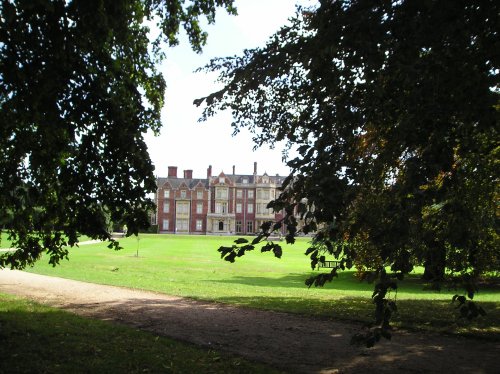
in the county of Norfolk
(3.2 miles, 5.1 km, direction NE)Enchanting estate of over 7,000 acres of breath-taking countryside surrounding a magnificent house which has been the home of four generation of British Sovereigns since it was bought in 1862 for the Prince of Wales, who later became King Edward VII...

in the county of Norfolk
(3.8 miles, 6.2 km, direction N)On approach to Dersingham by-passing lovely lavender fields, visitors could easily imagine they were driving through the abundant lavender lands of southern France, but this is.....
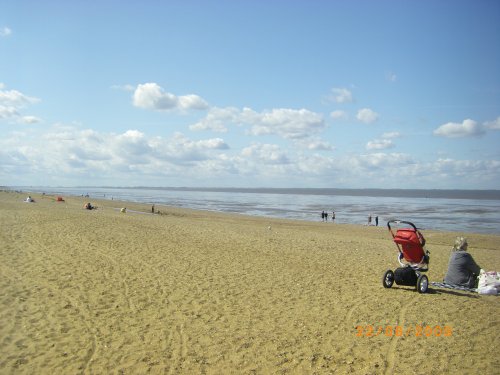
a Picturesque Village in the county of Norfolk
(8.1 miles, 13.0 km, direction N)At the heart of Norfolk's Lavender growing industry lies the pretty seaside village of Heacham...
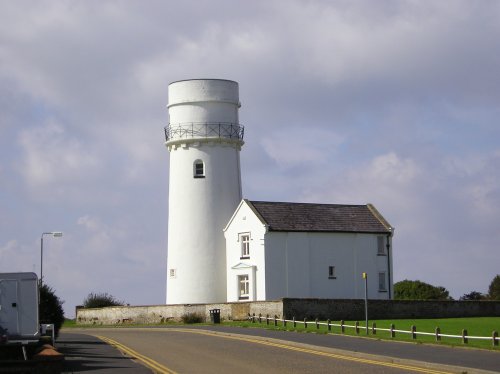
a Seaside Town in the county of Norfolk
(10.2 miles, 16.4 km, direction N)Hunstanton was mentioned in the Domesday Book of 1087 when it would have been little more than a settlement...
All towns in Norfolk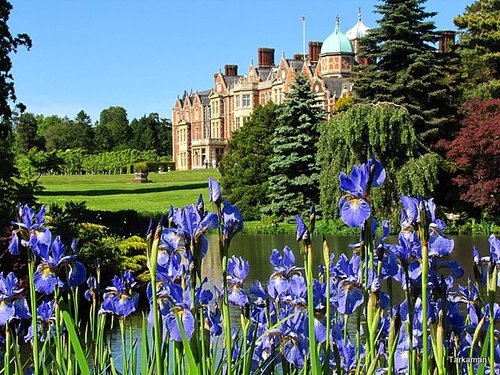
Sandringham House, although a Royal residence does not have the rarefied atmosphere of a grand house, this is largely due to the.....
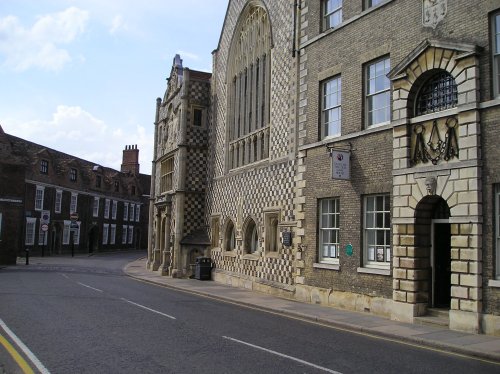
..
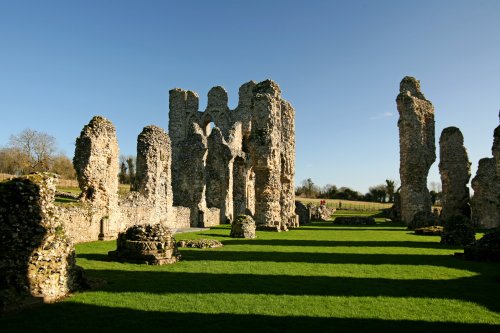
No one looking at the impressive remains of this Cluniac Priory founded by William de Warenne, 2nd Earl of Surrey towards the end.....

This lovely museum hidden in lush Breckland countryside is set to delight and intrigue visitors of all ages. The atmospheric.....
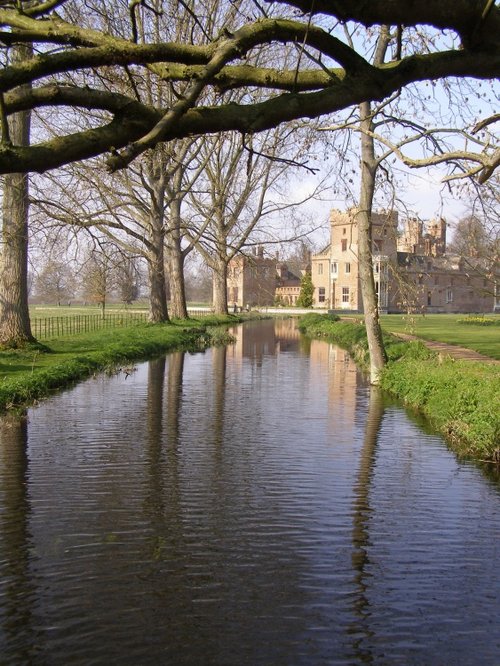
This fascinating house with its striking twin towers to either side of the entrance hall, gables, roof-line turrets and tall.....